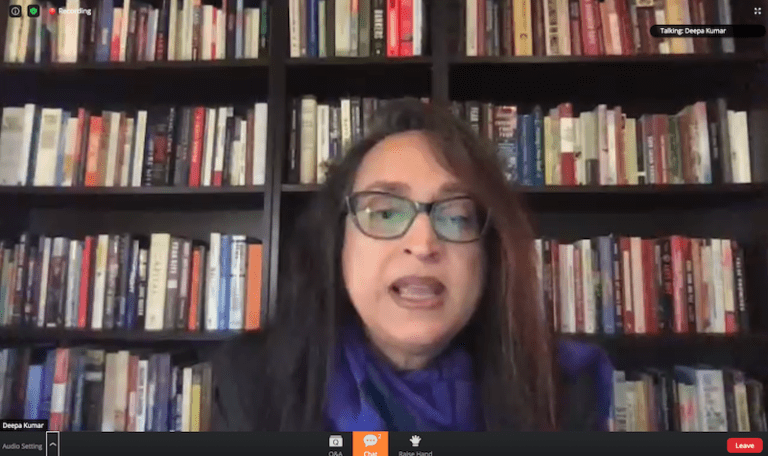Which states are walking the walk when it comes to funding pre-K programs — and which are lagging far behind?
Trying to guess which states fund pre-K adequately is like going on “Jeopardy” with no preparation—it’s easy to draw a blank. But for the 1.3 million children in public pre-kindergarten classes around the country, it’s a more than a game: live in the wrong state, and you may not have access to these crucial programs at all.

Pre-Kindergarten is a rare find in the world of schooling; it comes backed by such strong evidence of its effectiveness that it finds champions in every corner. Republicans and Democrats, state, local and federal lawmakers alike admit that, as senior policy analyst Karen Schulman of the National Women’s Law Center puts it, pre-K has “all sorts of positive effects.” Several high-quality, long-range studies have been done, Schulman says, “documenting both short-term impacts in the childrens’ performance in school, and then seeing them do better in life. They have higher earnings, they get better jobs, they are less likely to be involved with crime.”
The positive results of pre-K are so universally accepted that it seems like they would be a guaranteed investment for public education budgets. Yet in these economically precarious times, some states are indeed placing pre-K on the budget chopping block—while others are doing their best to fund, expand and improve it.
A new report from the National Institute on Early Education Research (NIEER) offers a revealing look at which states lead the pack in pre-K funding, and which states are falling behind. There’s no easily discernible pattern among states that prioritize pre-K funding and those that don’t; each state has its own story to tell, and some of the states one might expect to see at the bottom of the funding list because of high poverty rates and a smaller tax base, like West Virginia and Alabama, actually perform very well.
So which state takes the cake when it comes to funding public pre-K? It turns out that New Jersey, which spends about $11,000 per child enrolled in a full-time pre-K program (nearly three times the national per-child average), is first in the country in terms of its investment in early education. Connecticut, Rhode Island and Maryland are also putting serious money into pre-K, and ranked within the top five in overall pre-K spending in the NIEER report. So did West Virginia.
But even as these states commit precious resources to our youngest students, a troubling trend has revealed itself. Despite the fact that early education experts are sounding a persistent call for more pre-K program – and notwithstanding an increase in total enrollment (which has risen a percentage point or two each year, from 22 percent of all 4-year-olds enrolled in 2007 to 28 percent in 2011) – overall state spending on pre-K per child is steadily declining. Given that several long-term studies have shown that pre-K is critical to ensuring positive outcomes for children later in life, these spending cuts are dismaying to observers who view funding for pre-K as a bellwether for how states are prioritizing families and education overall.


